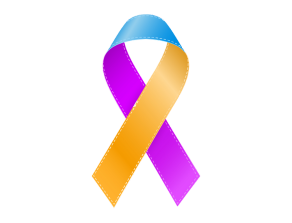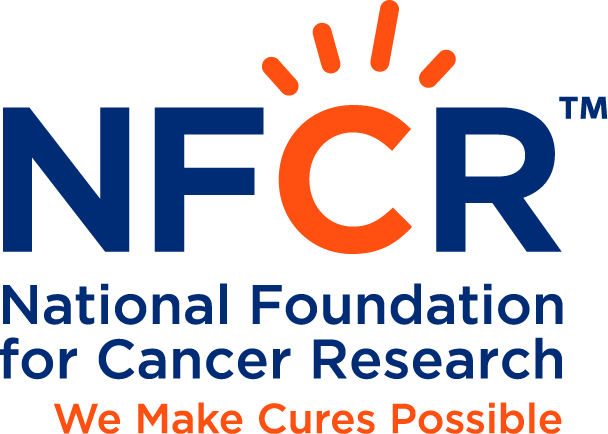Bladder Cancer
About Bladder Cancer
Bladder cancer develops when the urinary bladder cells begin to proliferate out of control. The terms non-invasive or invasive cancers are used to describe how far bladder cancer has spread into the bladder wall. About half of all bladder cancers are first found in the inner layer of the bladder wall (non-invasive) which is easier to treat than invasive cancer. Urothelial carcinoma is the most common type of bladder cancer. Squamous cell carcinomas, adenocarcinomas, small-cell carcinomas, and sarcomas are less common in the U.S.
Bladder Cancer Key Facts
- An estimated 83,190 new cases of bladder cancer will be diagnosed in the U.S. in 2024, and an estimated 16,840 deaths will occur.
- Bladder cancer is the fourth most common cancer in men.
- The lifetime risk of getting bladder cancer in the U.S. is about 1 in 28 for men and 1 in 89 for women.
- Caucasians are about twice as likely to develop bladder cancer than African Americans or Hispanic Americans.
- Bladder cancer occurs mainly in older people with the average age of 73. About 9 out of 10 people with this cancer are over the age of 55.
- The 5-year relative survival rates for all stages of bladder cancer combined is 78%.

- Stop smoking
- Limit chemical exposure – rubber, leather, printing materials, painting, certain hair dyes, etc.
- Drink plenty of liquids (mainly water)
- Eat a healthy diet that includes lots of fruits and vegetables
Resource: Can Bladder Cancer Be Prevented? | American Cancer Society
- Blood in the urine. This is the most common symptom.
- Pain during urination.
- Having to urinate often.
- Lower back pain.
- Pelvic pain.
- Smoking
- Arsenic in drinking water
- Dietary supplements containing aristolochic acid
- Diabetes medicine pioglitazone
- Certain industrial chemicals, called aromatic amines, such as benzidine and beta-naphthylamine
- Men are more commonly diagnosed than women
- Race/ethnicity – White people are about twice as likely to develop bladder cancer as African Americans and Hispanics.
- Chronic bladder irritation and infections
- Family or personal history of bladder or other urothelial cancer
- Bladder birth defects
- Chemotherapy or radiation therapy
Resource: Bladder Cancer Risk Factors | Risk for Bladder Cancer | American Cancer Society
NFCR-Supported Researchers Working on Bladder Cancer
James P. Basilion, Ph.D
Case Western Reserve University
Teresa Davoli, Ph.D
University of California San Diego
J. Silvio Gutkind, Ph.D
New York University School of Medicine
John J. Letterio, M.D.
Case Western Reserve University
Isidore Rigoutsos, Ph.D.
University Sidney Kimmel Cancer Center
Danny R. Welch, Ph.D.
University of Kansas Cancer Center

















